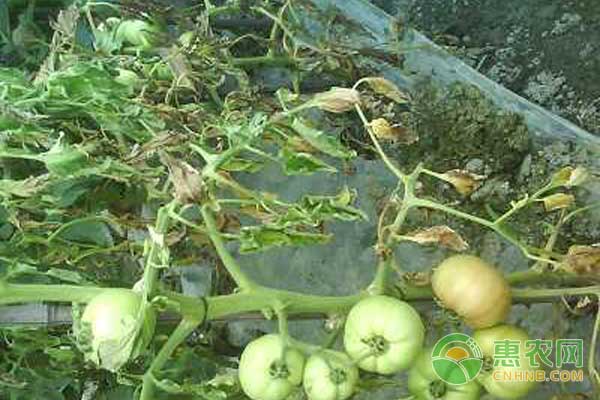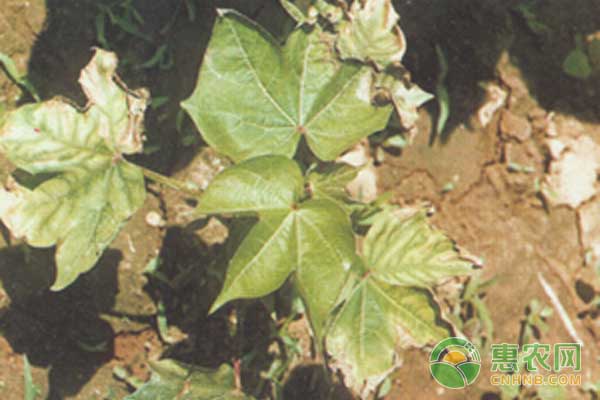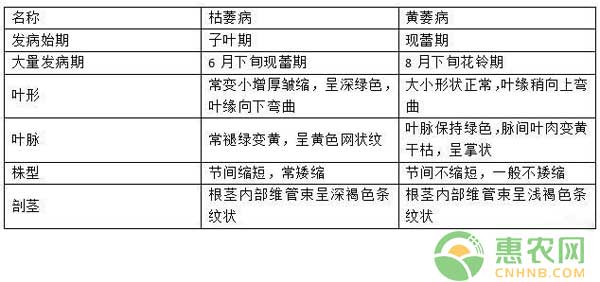Verticillium wilt and blight are also known as the two major cancers in the plant world, because there is no effective prevention and treatment method at home and abroad. In the 1930s, verticillium wilt and blight were introduced into China, and the outbreak in the 1990s greatly affected the development of China's agriculture. Verticillium symptoms: One hour after colonization, the above-mentioned part of the ground began to develop symptoms and continued until the end of the harvest. First, the lower leaves are partially wilted, and the leaves are rolled up. After 2-3 days, the diseased part turned from yellowish white to yellow, and finally the leaves slowly browned and died. Wilt symptoms: The onset of blight is sudden, and severe spots, wilting, or death of leaves, flowers, fruits, stems, or whole plants occur after the disease occurs. Flowers, leaves, buds, seedlings, twigs, stems (vines) and shoots are all affected by the disease. The pathogenic bacteria with two wilts have a long survival period, wide adaptability, and strong resistance to their strong ability to spread. Crop stalks, seeds, roots, soil, fertilizers, water streams, and tools can all be vectors. First, the principle of disease Fusarium disease is manifested in two aspects. First, the resulting virus-like fusaric acid can destroy the host's defense system, change the permeability of the cell's plasma membrane, make the crop's active water absorption difficult, the transpiration loss can not be replenished, and the wilting occurs; The acid can also promote the chelation of elements such as copper, iron and magnesium in the host, causing the chlorophyll to fail to synthesize and the chlorosis to die. Second, the bacteria will cause blockage of the catheter. As the mycelium and small conidia of the pathogen multiply in the duct, especially the pectinase secreted by the bacteria will degrade the pectin component in the catheter, block the catheter, and hinder the water transport. The disease caused by verticillium is also reflected in two aspects. The first is the mycotoxin produced by the pathogen, which is the main cause, which will destroy the biochemical reaction of carbon dioxide fixation, water photolysis and coenzyme I reduction in the crop, thus affecting the metabolism of the crop and causing the disease. The second is to block the catheter. Invasion of pathogens causes adjacent parenchyma cells to produce gels, gums, etc., in an attempt to isolate the spread of the bacteria and block the catheter. Of course, this germ also secretes pectinase. Second, the symptoms of the disease Let's take cotton as an example for comparison. In actual production, due to the growth period, the ecological environment, the wilt disease of Verticillium wilt and the pathogenicity of pathogens, it often shows different diseases, so be careful to distinguish them. Third, drug prevention It was not an exaggeration to say that it was a plant cancer from the beginning. The common wilting rickets, yellow cumin, fulvic acid, chlorhexidine, etc. on the market are not satisfactory for various reasons, especially after use, the crops can only remain undead, and it is difficult to continue to grow and reproduce. Recently, some research institutes have announced the formula of special effects of chlorpyrifos, which is in line with the current national requirements for low-toxic and low-residue pesticides. It is said to have good effects on blight of rice, peanut, sesame, tobacco, beans, melons, fruit trees and other crops. However, the specific effects have yet to be tested. Without effective drug control, only daily field management can be strengthened: Verticillium wilt: pay attention to avoid continuous cropping of tomatoes or rotation with eggplant, and disinfect the bed soil in time. Where there is a lot of disease, the soil should be disinfected or the disease-resistant soil should be selected for cultivation. 1. Eliminate sporadic wards, control light wards, and reform critical wards 2, seed disinfection treatment 3. Health care cultivation. Reduce the frequency and concentration of organophosphorus pesticides such as phoxim and methamidophos to prevent cotton plants from being harmed by their own disease resistance. Do not apply partial or excessive nitrogen fertilizer, do a good job of NPK combined application, pay attention to increase the application of potassium fertilizer to improve disease resistance. Improve the ecological environment of cotton fields so that the soil temperature in cotton fields is higher but the humidity should not be too large. Avoid flooding with large water to reduce the incidence. Fusarium: 1. Remove the diseased plants in time and sterilize the original points. 2. When the water is poured, the healthy plot is poured separately from the affected plot. 3. Dilute 41% polypyridinium-pyrimidinamine in a 600-fold solution-800 times solution, and water the seedbed before or after sowing and before 10:00 am or after 5 pm. The above is the difference between Verticillium wilt and Fusarium wilt. In the planting process, resistant varieties can be selected, the planting area disinfects the soil, and the field management is strengthened, which can effectively prevent verticillium wilt and blight! Nosiheptide Feed Additives,Nosiheptide Antibiotics,Nosiheptide Growth Prompter,Nosiheptide Poultry Shandong Shengli Bioengineering Co., Ltd , https://www.shenglipharm.com

